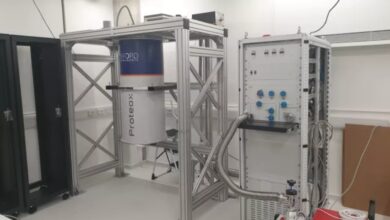Ingenuity Mars Helicopter Crash Concludes Historic Mission, Provides New Insights for Mars Exploration

NASA’s Ingenuity Mars helicopter, the first-ever powered aircraft to fly on another planet, has officially ended its groundbreaking mission following damage sustained during its 72nd flight. The incident, while marking the conclusion of a historic chapter, also presents opportunities to learn more about flight dynamics, technology resilience, and the Martian environment.
Ingenuity completed its final flight on January 18, 2024, when it reached an altitude of 40 feet (12 meters) before experiencing communications loss and rotor blade damage during landing. While engineers re-established contact, imagery later confirmed that the rotorcraft could no longer operate due to the extent of the damage. The root cause of the crash is still under investigation, but the mission team believes environmental challenges and technical wear played key roles after years of service on Mars’ harsh terrain.
Initially designed as a 30-day technology demonstration with only five planned flights, Ingenuity far exceeded expectations, completing 72 flights over nearly three years. During this extended mission, the 4-pound (1.8-kg) helicopter scouted terrain for the Perseverance rover, aided route planning, and tested the limits of powered flight in Mars’ thin atmosphere. In total, Ingenuity covered over 11 miles (17.7 kilometers) of ground and flew for approximately 2 hours cumulatively—achievements that solidified its legacy as a technological pioneer.
The data and lessons from Ingenuity’s operations will inform future missions, including aerial systems planned for upcoming sample retrieval missions. By navigating environmental obstacles such as dust storms and extreme temperatures, Ingenuity demonstrated the viability of autonomous aerial vehicles for planetary exploration—paving the way for future innovations on Mars and beyond.
As NASA Administrator Bill Nelson remarked, “Ingenuity helped us do what we do best: make the impossible, possible. Its success will inspire future exploration and smarter, safer missions to other worlds”




